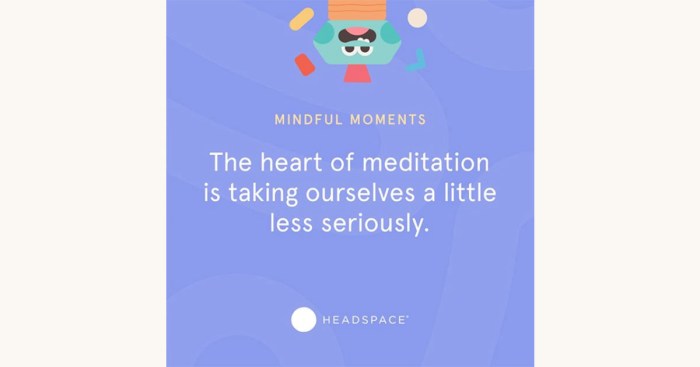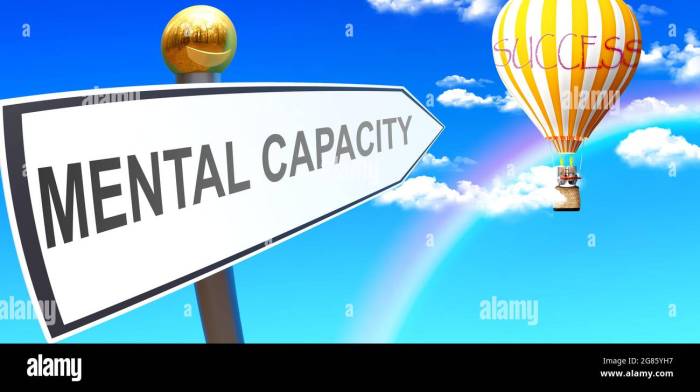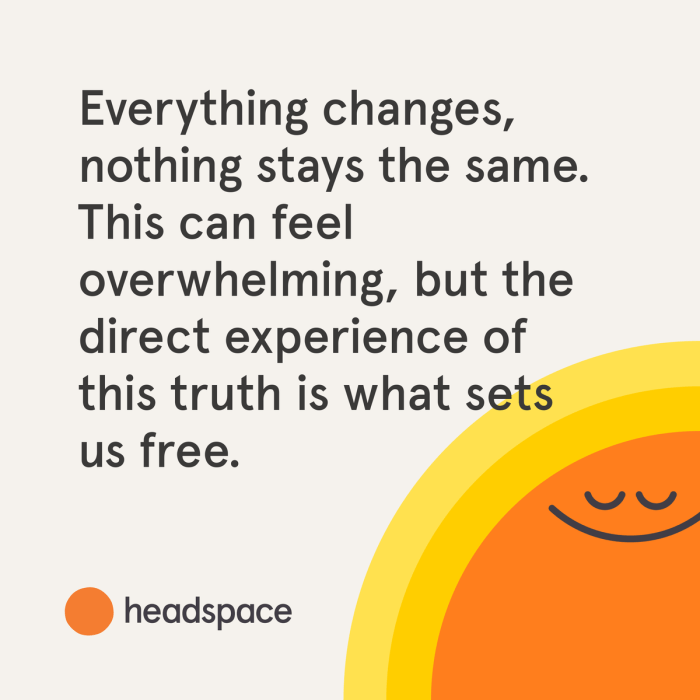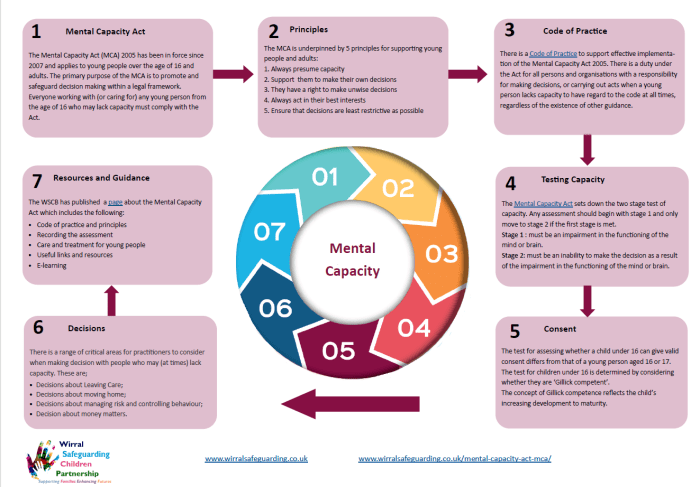Embark on a journey to understand the concept of ‘headspace cost’ and how it impacts our emotional and mental well-being. Explore the various types, strategies to manage, and the real-life implications of these costs.
Understanding Headspace Cost

Source: ctfassets.net
Headspace cost refers to the mental and emotional energy expended in managing one’s thoughts, feelings, and overall mental health. It represents the cognitive load and emotional burden individuals experience in dealing with everyday stressors, challenges, and internal struggles.
Relationship to Emotional Well-being
The concept of headspace cost is closely linked to emotional well-being as it directly impacts an individual’s mental health and quality of life. The more headspace cost a person experiences, the higher the likelihood of feeling overwhelmed, anxious, or emotionally drained. This can lead to decreased resilience, increased risk of mental health issues, and overall poorer emotional well-being.
Factors Contributing to Headspace Cost
- Work and Academic Pressure: Demands from work or school, deadlines, and performance expectations can significantly contribute to headspace cost.
- Relationship Challenges: Difficulties in personal relationships, conflicts, or lack of support from loved ones can add to the mental load individuals carry.
- Financial Stress: Concerns about money, debt, or financial instability can create a heavy mental burden and impact emotional well-being.
- Trauma and Past Experiences: Unresolved trauma, past experiences of abuse, or adverse childhood events can increase headspace cost by triggering distressing emotions and memories.
- Health Issues: Chronic physical health conditions, pain, or disabilities can also contribute to headspace cost by requiring additional mental and emotional energy to cope with the challenges they pose.
Types of Headspace Costs

Source: alamy.com
Headspace costs can manifest in various forms, impacting our emotional, cognitive, and behavioral well-being. Understanding these different types is crucial in managing our mental health.
Emotional Headspace Costs
Emotional headscape costs refer to the toll our feelings and emotions take on our mental well-being. This can include stress, anxiety, sadness, and other negative emotions that drain our mental energy.
- Example: Constant worrying about the future can lead to emotional exhaustion and burnout.
- Example: Holding onto past grievances can create a heavy emotional burden, impacting our present state of mind.
Cognitive Headspace Costs
Cognitive headscape costs involve the mental load and strain we experience in processing information, making decisions, and maintaining focus.
- Example: Multitasking on various tasks can overwhelm our cognitive abilities, leading to mental fatigue.
- Example: Overthinking and ruminating on negative thoughts can consume our cognitive resources, affecting our ability to concentrate.
Behavioral Headspace Costs
Behavioral headscape costs pertain to the impact of our actions and habits on our mental well-being. Unhealthy behaviors or patterns can contribute to mental distress.
- Example: Engaging in self-destructive behaviors, such as substance abuse, can have a detrimental effect on our mental health.
- Example: Neglecting self-care routines, such as exercise and proper nutrition, can lead to behavioral headscape costs in the form of low mood and lack of energy.
Strategies to Manage Headspace Costs

Source: redd.it
Managing headspace costs is essential for maintaining mental well-being. Here are some practical tips and techniques to reduce emotional, cognitive, and behavioral headspace costs:
Setting Boundaries to Manage Cognitive Headspace Costs
Cognitive headspace costs can arise from overthinking, rumination, and mental clutter. Setting boundaries is crucial to manage these costs effectively. Here are some tips:
- Acknowledge your limits and prioritize tasks to prevent cognitive overload.
- Practice mindfulness and stay present to reduce unnecessary worry about the past or future.
- Delegate tasks when possible to lighten your cognitive load and free up mental space.
- Establish a routine that includes breaks and relaxation to prevent burnout and cognitive fatigue.
Coping Mechanisms for Dealing with Behavioral Headspace Costs
Behavioral headspace costs can stem from toxic relationships, negative habits, or unhealthy coping mechanisms. Here are some coping strategies to manage these costs:
- Identify triggers and patterns that contribute to behavioral headspace costs and work on addressing them.
- Practice self-care activities that promote positive behaviors and reduce the impact of negative ones.
- Seek support from friends, family, or a therapist to navigate challenging behavioral patterns and develop healthier coping mechanisms.
- Engage in activities that bring joy and fulfillment to counteract the effects of behavioral headspace costs.
Impact of Headspace Costs on Daily Life

Source: co.uk
Headspace costs can significantly impact daily life by affecting productivity, decision-making, stress levels, and overall well-being.
Productivity and Decision-Making
Headspace costs can lead to mental fatigue and reduced cognitive abilities, making it challenging to focus, prioritize tasks, and make decisions efficiently. The constant mental clutter caused by headscape costs can hinder productivity and lead to procrastination.
Relationship with Stress Levels
Headspace costs are closely linked to stress levels as they contribute to feelings of overwhelm, anxiety, and burnout. When individuals are preoccupied with mental clutter and distractions, it can elevate stress levels and impact their ability to cope with challenges effectively.
Positive Impact on Overall Well-Being
Managing headscape costs through mindfulness practices, prioritization, and setting boundaries can have a positive impact on overall well-being. By decluttering the mind, individuals can experience reduced stress, increased mental clarity, and improved emotional resilience.
Wrap-Up

Source: co.uk
In conclusion, managing ‘headspace costs’ is essential for overall well-being, productivity, and stress management. By implementing effective strategies, individuals can navigate these costs and lead a more balanced life.